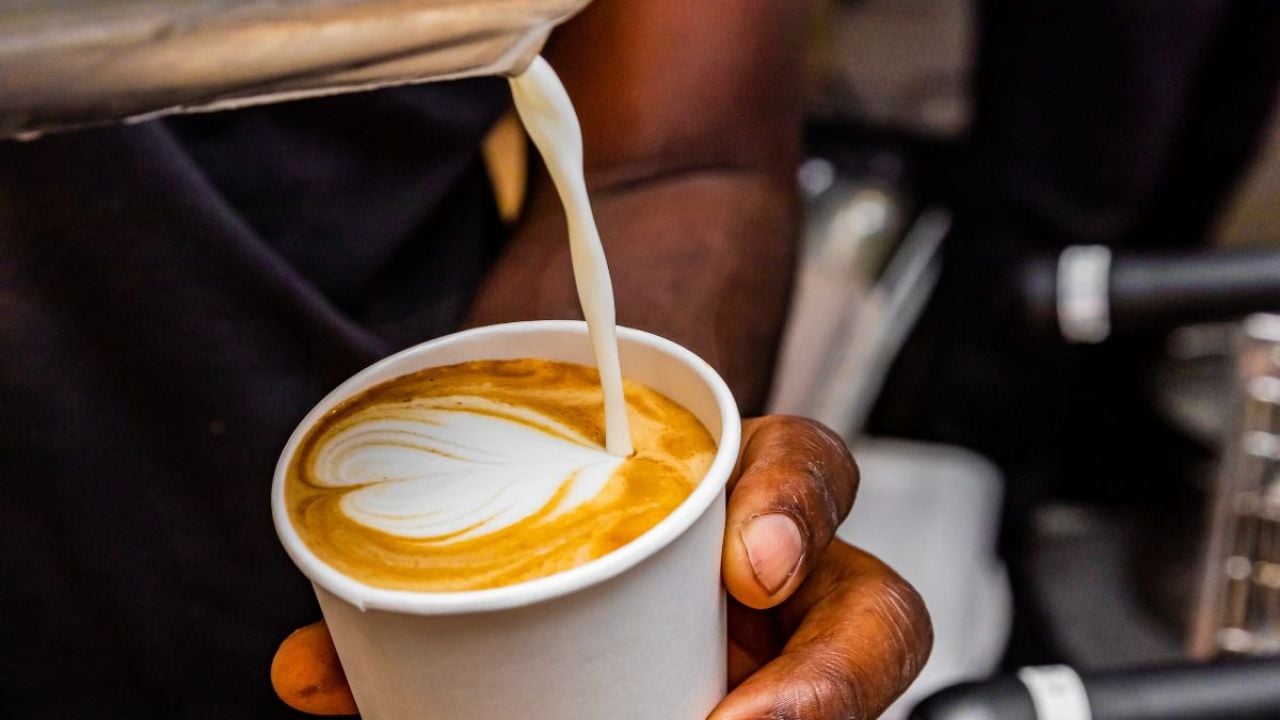
Lavender is having a moment: It seems as if every coffee place is touting its wisteria-colored lattes, with Starbucks alone rolling out three lavender drinks this spring.
Yum, right?
Not so fast. Turns out that foods promoting lavender may contain little or none of the plant that grows in nature, but instead a concoction of chemicals mixed in a beaker.
It’s not just coffee drinks being spruced up with lavender. The herb has become more common in other foods and mixed drinks, and in some instances it’s lavender in name only because it’s an artificial ingredient and not naturally grown.
Purple passion: What to look for
The Food and Drug Administration considers four types of lavender to be generally recognized as safe – a food ingredient designation that’s turned into a regulatory loophole that allows the herb to bypass safety review.
That’s why you need to be vigilant when shopping for products flavored or scented with lavender that they actually contain the herb, and not a toxic imitation of it.
Seek out
If a product's ingredient label names the plant (with or without the Latin name, lavandula) then legally it must contain real lavender. But even if the ingredient list includes the plant name, if natural or artificial flavors are also mentioned, it’s impossible to know how much of the scent or flavor comes directly from real lavender.
Avoid
Keep an eye out for artificial and natural flavors, both of which may contain harmful preservatives and solvents.
Lavender oil is often more concentrated than lavender extract and the two may differ in chemical composition, though in a finished product you may well not notice a difference. But lavender oil can be poisonous if ingested in significant amounts.
One study suggests that early onset of puberty could be associated with endocrine-disrupting effects from ongoing exposure to lavender oil components in lavender-scented personal care and home products.
Also look out for food dyes. Red and blue dyes can be combined to create a purple color, so they can be found on the label of lavender products.
But some colorants may lead to behavioral and development problems for some children and increase the risk of cancer. That’s why California is considering a bill to ban harmful food colors in public schools, following an EWG-cosponsored bill that banned Red Dye No. 3 and three other harmful food chemicals from food sold there.
EWG is also supporting legislation under consideration in Pennsylvania that would ban the use of six artificial colors, including Red Dye No. 3.
Whatever the outcome of that legislation, it’s still important to check labels.
Plenty of food and beverages contain real lavender and skip the artificial flavor, such as dairy-free lavender coconut yogurt, lavender syrup and lavender-infused olive oil. Don’t forget about lavender honey, which is 100 percent honey, with a flavor that comes from bees eating mostly lavender blossoms.
And what about those trendy Starbucks drinks? According to their website, Starbucks’ lavender powder contains natural flavor and food dyes, not the real deal.



